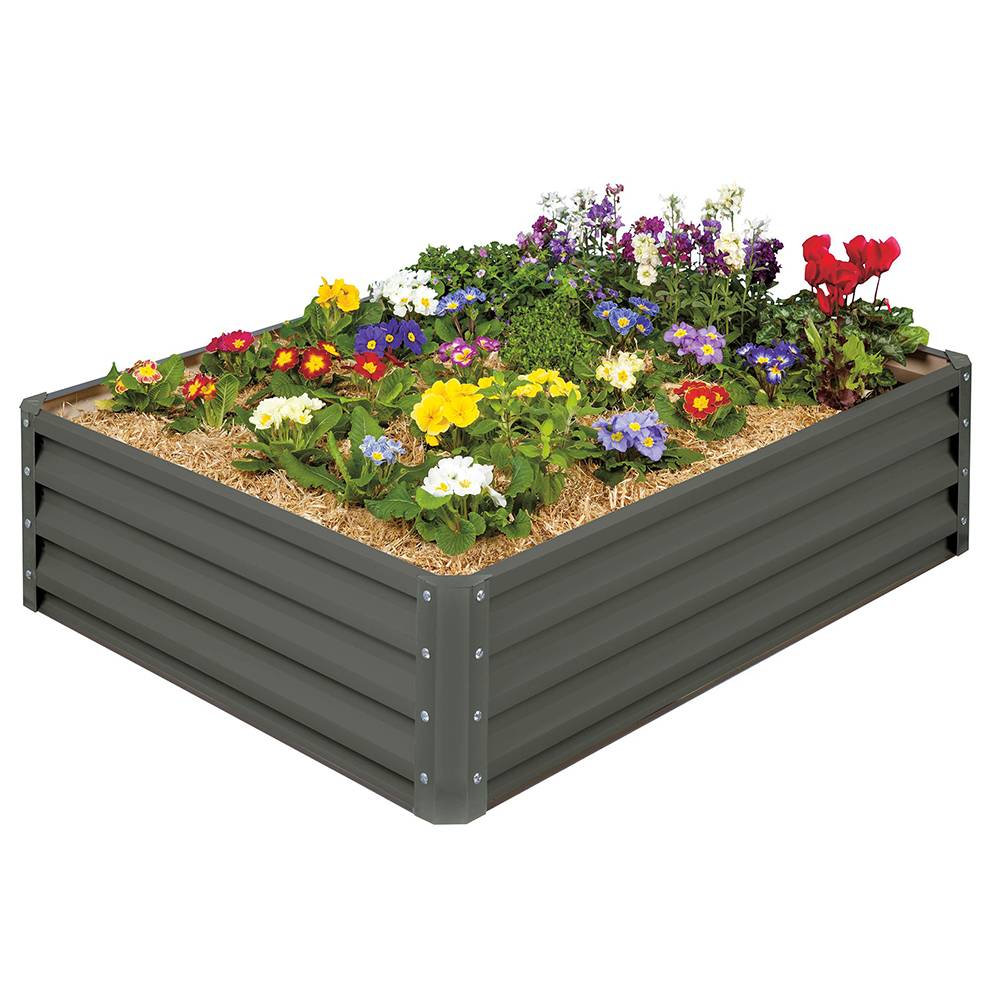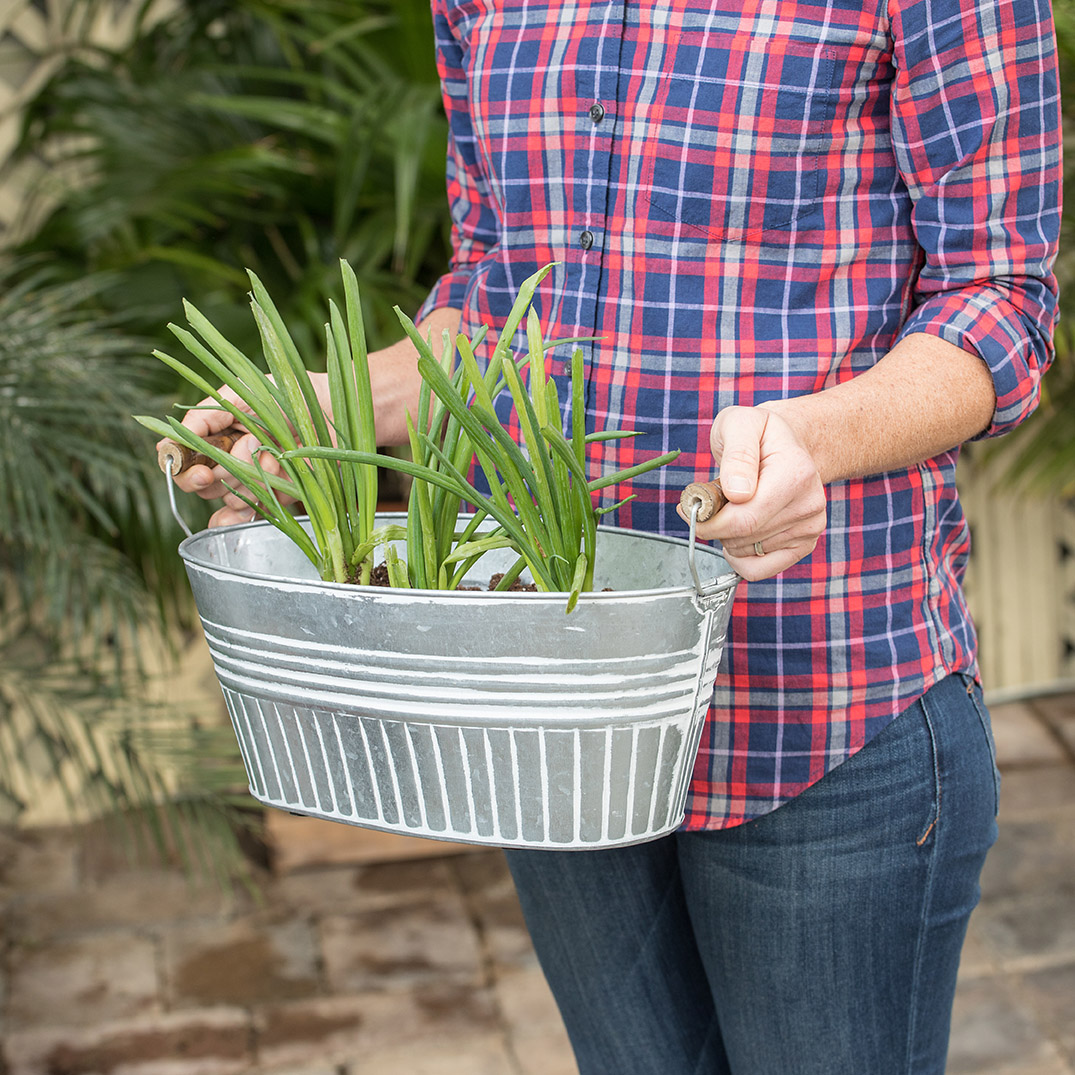When life brings uncertainty, it motivates people to make their food supply as secure as possible. This was true when Victory Gardens sprang up during both World War I and World War II, where it is estimated up to 40% of the nation’s produce came from backyard gardens. We are seeing this trend playing out again in our current COVID-19 age with a huge influx of new gardeners and overwhelmed seed companies. With many folks staying at home, it is also a perfect time to be planting and tending a garden.
While it is an exciting trend to see so much interest in gardening, be aware there is also a learning curve to achieving a successful garden harvest. A garden involves so much more than tilling up some lawn, tossing in a few seeds and waiting for harvest. Many veteran gardeners have spent many years building up their soil to be dark and friable and filled with beneficial microbes. Don’t be discouraged from giving it a try because taking those first steps in making a garden is important to eventually arriving to that thriving and productive backyard plot.
Tip #1: Use a Raised Bed and Create Your Own Soil Mix
The biggest factor in garden success is your soil quality. If you are starting with a heavy clay soil, it will take several years of building it up with organic matter (shredded leaves, cover crops, straw, etc.) to reach loose, beautiful soil. Some folks decide right off to circumvent this issue by building raised beds and creating their own soil mix. Square Foot Gardening by Mel Bartholomew suggests several soil mix recipes involving peat moss, compost and vermiculite. While the initial investment is greater for raised beds, it can also bring faster success.

Tip #2: Layer Your Garden
Another option is using the lasagna gardening method where you layer cardboard and newspaper directly over grass and then layer leaves, kitchen scraps, animal manure, straw, etc. to essentially build a compost pile in place. This takes several months to “cook down” before planting but it is an effective way to convert sod to garden without large equipment. Another option to avoid tilling is putting down heavy black plastic with sand bags or cement blocks right on grass and give it several weeks to kill the grass before cutting holes for melons, cucumbers or winter squash. Be sure to amend each hole well with compost before planting. By the next season, you will have a grass free area ready to garden, again without any fancy power equipment.
Tip #3: Use What You Already Have
Don’t overlook the good garden soil you might already have lurking in your existing flower beds as long as they haven’t been treated with harsh chemicals. You can easily and aesthetically add Swiss chard or kale plants among the roses or tuck some lettuce plants and radishes in front of your shrubs or mix a few herbs among the petunias. Instead of climbing flowers, you could plant pole beans to grow up a trellis. Using large flower pots or window boxes for container gardens to grow herbs or salad greens is another way to make use of items you might already have. Hopefully Home Owners Associations will loosen regulations on gardens during this time and allow some creative veggie cultivation in the suburbs.

Tip #4: Find a Garden Mentor
Another source of excellent garden soil could be an older friend or neighbor with a well loved plot who would be glad to barter for some labor. You might also gain a garden mentor in the process which can be far more valuable that a book and will help you avoid many beginner mistakes (like my friend who planted all her onion sets upside down!) An experienced gardener will be able to guide you in knowing what spring veggies can be planted early and survive some cold and when it is safe to put out warm season crops like tomatoes and basil. They can tell you which veggies work best as seeds planted directly in the soil and when you should purchase plants from a greenhouse. A seasoned gardener might have tricks for feeding your tomato plants to avoid disease or methods for getting rid of potato bugs. They will let you know their favorite garden tools and might even have some family heirlooms seeds that have been passed down many generations that they will teach you how to save the seeds. Take time to learn and hear their stories as you work together.
So whether you are a new or returning gardener, pay good attention to your soil as you prepare for the 2020 garden season. Together we can make a big difference in our backyards. Happy growing!
*****
 Karen Geiser is a regular demonstrator and homesteading class teacher at Lehman’s.
Karen Geiser is a regular demonstrator and homesteading class teacher at Lehman’s.





























All sections great advice but the Lasagna layering is INVALUABLE! Excellent tip!
Ty